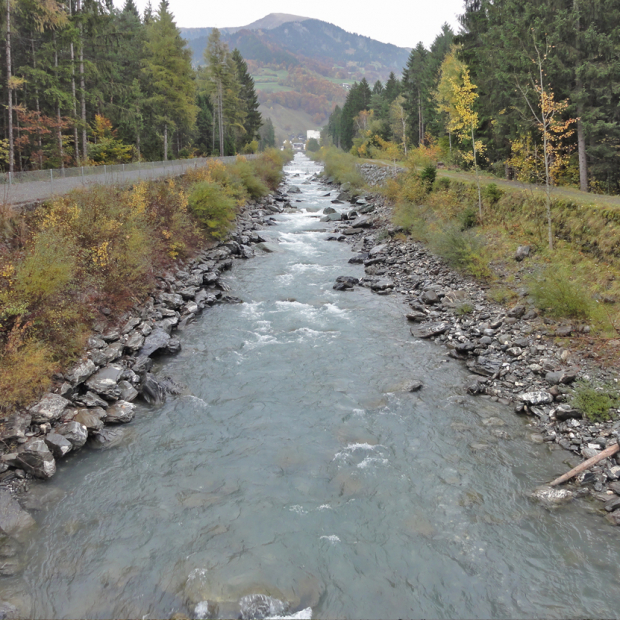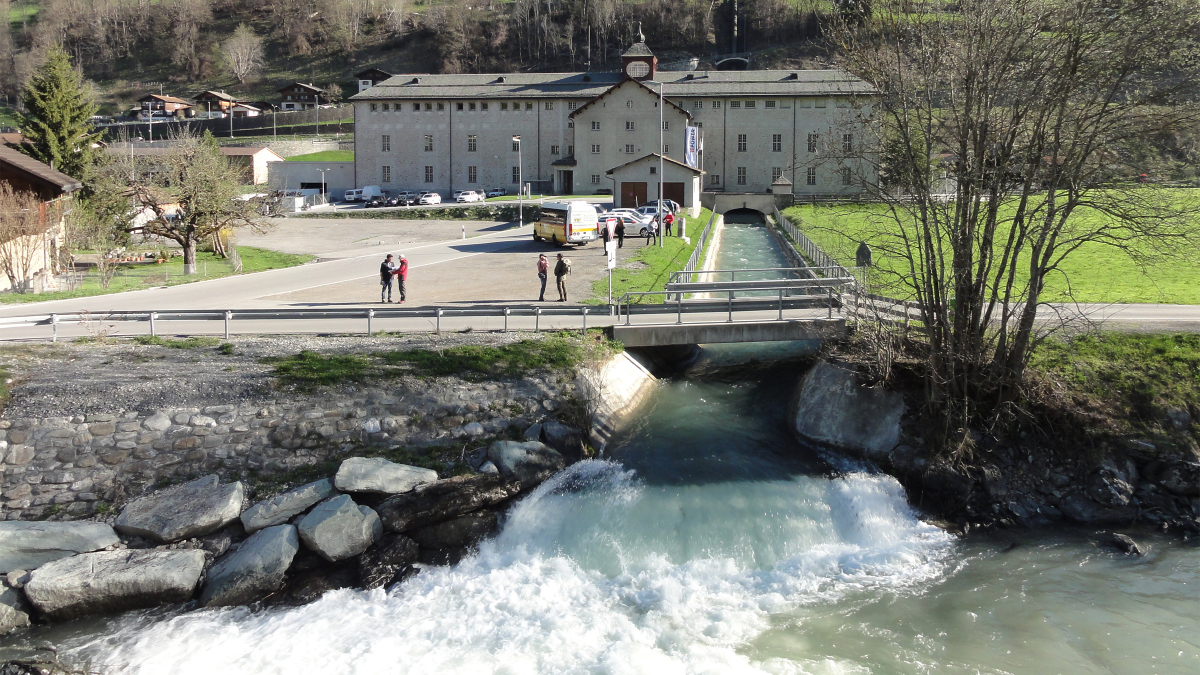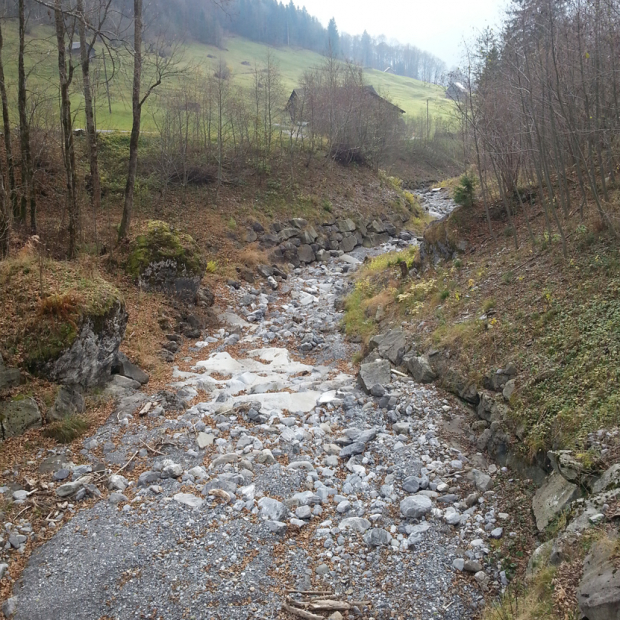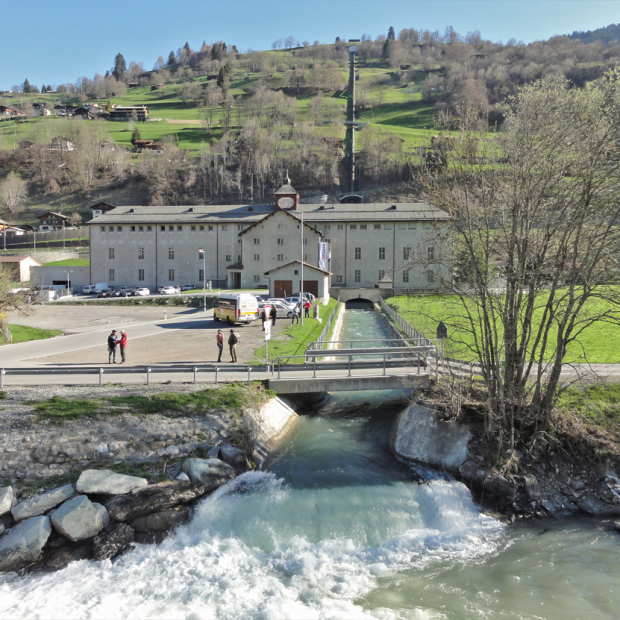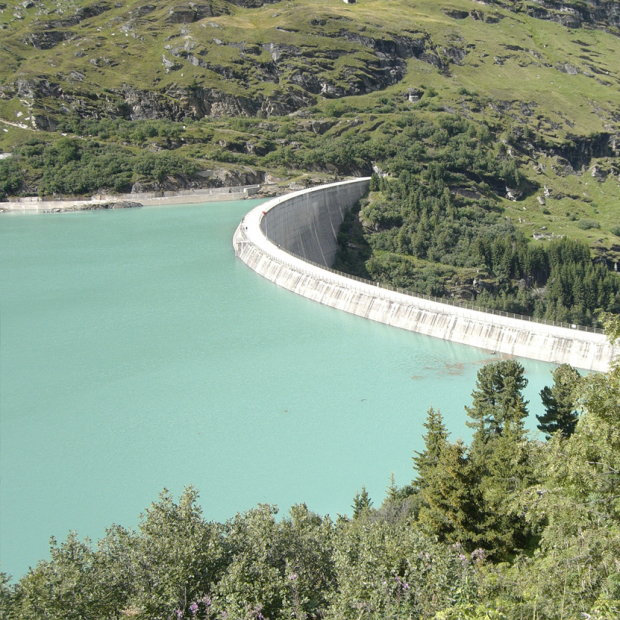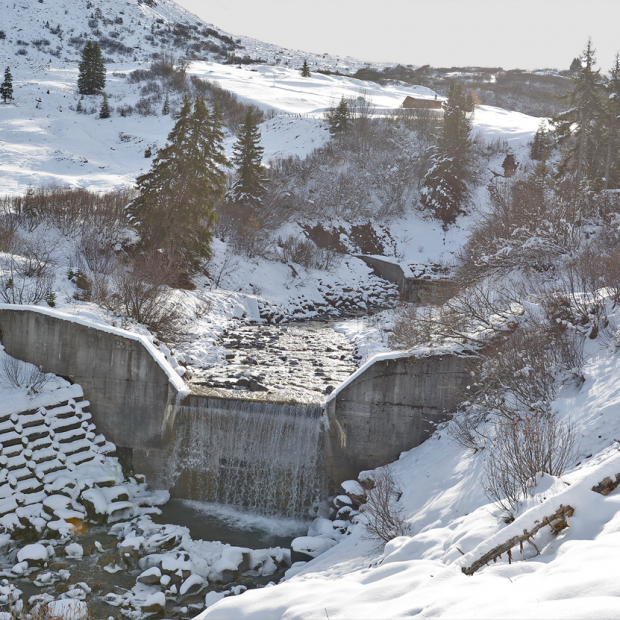
Hydropower
Hydropower is expected to make a significant contribution in the energy transition to renewables; to do so, it must be expanded and optimized. And, yet hydropower installations often compromise the natural function of water bodies. These facilities need to be retrofitted with an eye to hydropeaking solutions, fish friendly weirs and ecological bed load regimes. We offer solutions that address this constellation of issues.
Our interdisciplinary project teams support our clients in matters of hydrology, aquatic ecology, hydraulic engineering, environmental planning, compliance with water protection law, energy policy, concession procedures, and communications with stakeholders.
In this field characterized by the competing demands of use and protection of the aquatic environment, we offer the following services:
Hydrological studies and assessments of discharge regimes
- Estimation of available water volumes
- Assessment of the impact of climate change on discharge regimes
- Hydropower potential and site evaluations
Reconciling the competing interests of protection and use
- Classification of watercourse sections in terms of protection and usage interests
- Assessment of interests in relation to individual projects, and up to regional project prioritization
Management of concession and residual water-use procedures
- Coordination of concession procedures
- Drafting of environmental-impact assessments and residual water reports
- Implementation of protection and usage plans
Retrofitting of hydropower installations
- Comparative studies of hydropeaking and bed load regime effects
- Support for enforcement agencies in prioritizing, assessing, monitoring, and coordinating retrofitting measures and rescinding grandfather clauses
Studies, concepts, and strategies
- Situation analyses
- Development scenarios and solutions for environmental law and energy management problem sets in the context of hydropower
Owner and operator models
- Analysis of the roles, resources, and interests of prospective owners and operators
- Optimal assignment of stakeholders to functions from project-development to the operation phase
Investment planning and financing models
- Determination of funding requirements in the various phases from project development to operation
- Specification of suitable marketing, revenue, and funding sources
- Financial planning
Projects for Topic Hydropower

